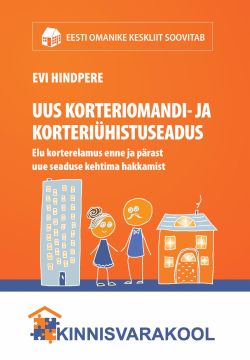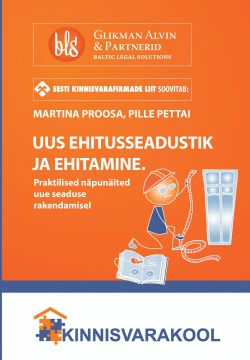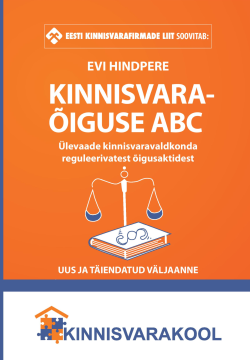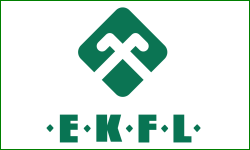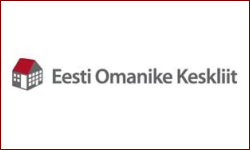 Wage growth remains relatively high as labour demand increases more than supply.
Wage growth remains relatively high as labour demand increases more than supply.- Swedbank expects the average gross wage to grow by around 5% and the real net wage by close to 9% in 2018.
The growth of the average gross wage accelerated in the third quarter (+7.4%, over the year). The rapid growth in the average wage is supported by a scarcity of labour and an increase in the minimum wage. The number of vacancies reached the highest level in 9 years in the second quarter. The scarcity of a suitable workforce is the most important factor restricting business for one-third of the manufacturing and service companies and for one-half of the construction companies, according to a survey by the Estonian Institute of Economic Research.
The average wage rose in all sectors, except the primary sector. Wage growth was faster in the energy sector and mining where wages grew modestly in the past due to a substantial decline in energy prices. The scarcity of labour pushed up wages in IT and construction. The government has decided to raise the salaries of teachers. The average wage remained unchanged in the primary sector where profits have been on a declining trend in recent years and the rate of job vacancies is lower than the average.
In 2017, the purchasing power of employees grows more slowly as inflation has accelerated. The real growth of the average net wage rose by 3.7% in the third quarter. This will limit households’ consumption. Retail sales’ volumes grew very modestly during the first 9 months of the year. Households’ financial situation is good, nevertheless. Families’ own assessment of their financial well-being has reached the highest level of the entire time series (since 1995, by the Estonian Institute of Economic Research). Households’ savings are growing faster than their credit portfolio (9.4% versus 6.9%, in October, over the year) despite active real estate and car leases’ markets.

Too high growth of labour costs could pose a threat to competitiveness. Currently, producer prices in the manufacturing sector of Estonia are growing moderately, and the enterprises’ own assessment of their competitiveness has improved (mostly due to a surge in demand). Nevertheless, enterprises’ finances took a negative turn again in the third quarter as profits decreased in the whole economy as well as in most sectors because costs rose faster than turnovers, over the year.
In 2018, wage-earners’ labour income will jump up again, due to a substantial increase in their nontaxable income. This change in taxes could also lower their wage expectations for next year. This is already seen in a smaller rise in the minimum wage in 2018 compared with previous years. Gross wage growth will remain relatively high as labour demand increases more than labour supply. Swedbank expects the average gross wage to grow by around 5% and the real net wage by close to 9% in 2018.






